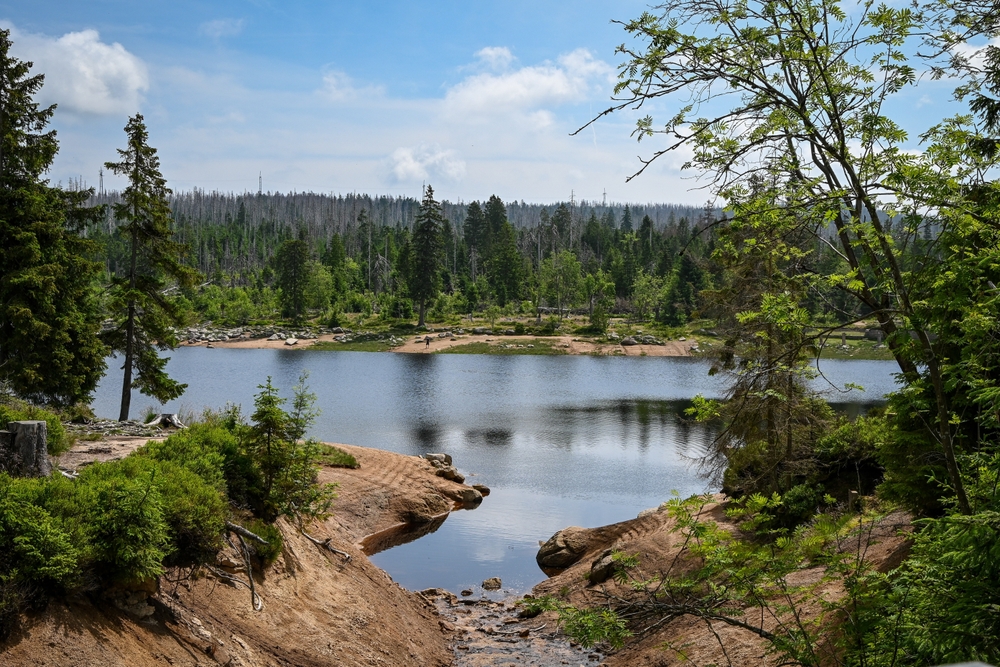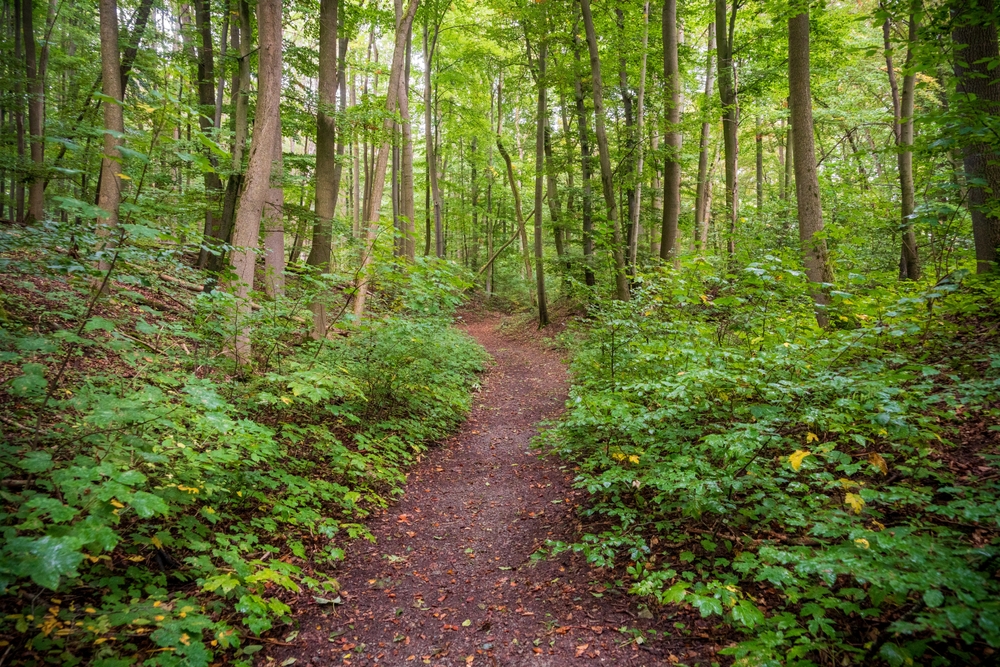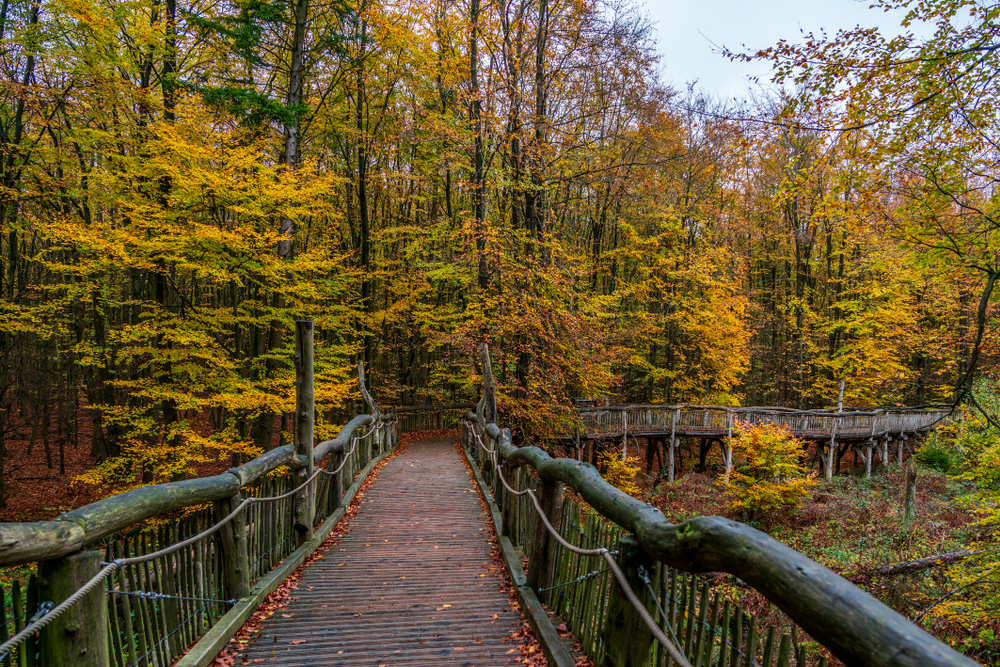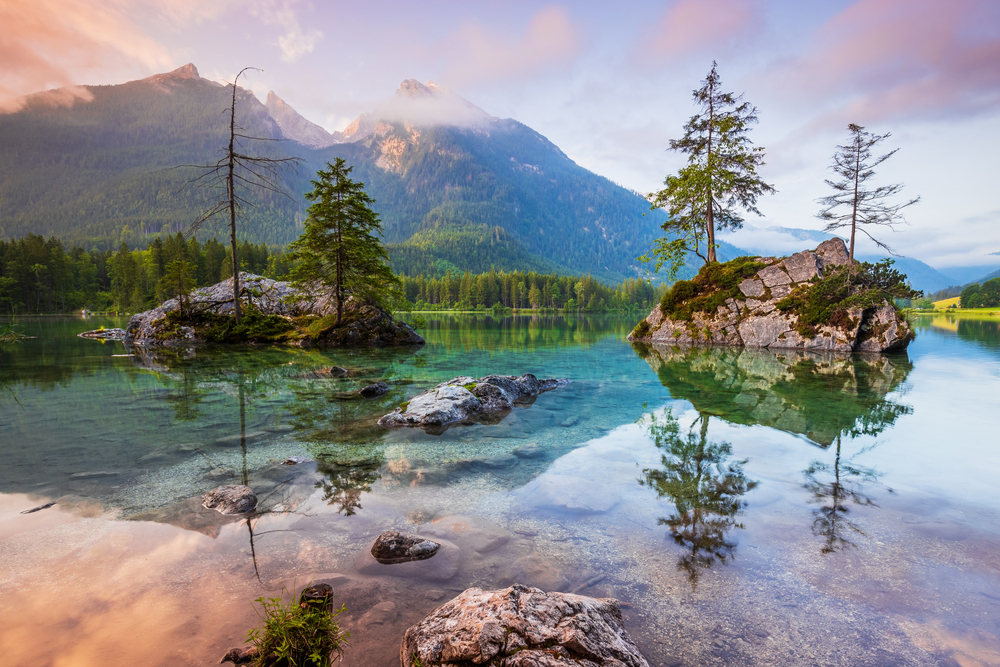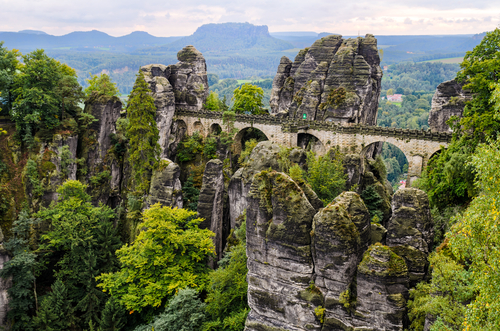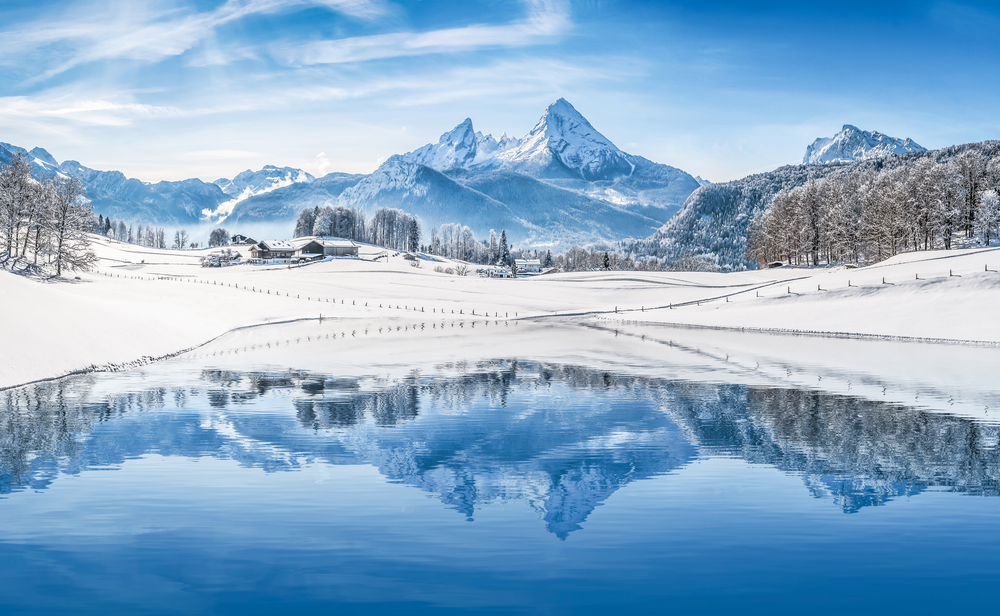Hunsrück-Hochwald Overview
Hunsrück-Hochwald National Park, known locally as Nationalpark Hunsrück-Hochwald, is located in western Germany, spanning the states of Rhineland-Palatinate and Saarland.
The park covers an area of approximately 98 square miles (256 square kilometers) and is part of the larger Hunsrück mountain range. Established in 2015, this national park is recognized for its diverse natural landscapes, which include extensive beech and oak forests, heathlands, peat bogs, and dramatic rocky outcrops.
The landscape is shaped by rolling hills, deep valleys, and unique geological formations such as the striking quartzite cliffs of the Schwarzwälder Hochwald. One of the most prominent elevations in the park is Erbeskopf, the highest peak in Rhineland-Palatinate, standing at 2,684 feet (818 meters). The park is also home to tranquil streams and moorlands, creating a rich mosaic of habitats that support a wide variety of flora and fauna.
Hunsrück-Hochwald National Park provides sanctuary to a wealth of wildlife, with several rare and endangered species finding refuge within its borders. Among the most iconic mammals in the park is the European wildcat, a species that has made a strong comeback in the region due to conservation efforts.
The park is also home to red deer, roe deer, and wild boars, which can often be spotted in the dense woodlands. Smaller mammals such as martens, badgers, and foxes thrive in the undergrowth, while a variety of bat species take shelter in the park’s old-growth trees and rocky crevices.
The avian life in the park is equally remarkable, with birds of prey like the Eurasian eagle-owl, red kite, and common buzzard soaring above the treetops. Woodpeckers, including the black woodpecker and great spotted woodpecker, play a vital role in maintaining the park’s ecosystem by creating nesting sites for other bird species. Wetlands and streams provide habitat for amphibians like the fire salamander, as well as dragonflies and other aquatic life.
Visitors to Hunsrück-Hochwald National Park are drawn to its pristine wilderness, well-maintained trails, and opportunities for nature immersion. The park offers an extensive network of hiking and cycling trails, allowing guests to explore its varied landscapes at their own pace. The Saar-Hunsrück-Steig, a long-distance hiking trail, passes through the park and offers breathtaking viewpoints along the way.
For those interested in history and culture, the park contains remnants of ancient Celtic settlements and Roman roads, providing a glimpse into the region’s past. The Wildkatzenpfad, or “Wildcat Path,” is a popular themed trail that educates visitors about the elusive European wildcat and its conservation. In winter, the park transforms into a snowy retreat, offering opportunities for cross-country skiing and snowshoeing.
Conservation remains a central focus of the park’s management, with efforts dedicated to habitat restoration, biodiversity protection, and sustainable tourism. The rewilding of the European wildcat has been a notable success, thanks to protective measures and habitat connectivity programs.
However, challenges such as climate change, invasive species, and habitat fragmentation continue to require ongoing attention. Park authorities work closely with scientists, conservation organizations, and local communities to ensure the long-term preservation of this unique ecosystem.
Through careful stewardship and environmental education, Hunsrück-Hochwald National Park continues to serve as a vital refuge for wildlife while offering visitors a chance to experience the beauty of Germany’s natural heritage.











































































